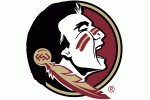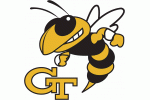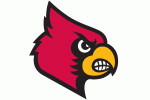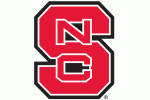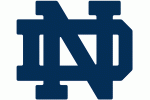It might not be the worst idea...

Yes, we’re still in the midst of football season, and basketball previews have only just begun. But during the NBA’s tipoff on Tuesday night, some interesting discussion began around the G-League and the one-and-done rule...
Adam Silver says he wants to eliminate one-and-done rule. Once there are 30 G League tms let them draft out of HS & and spend 1 yr in NBAGL.
— Adam Johnson (@AdamJ_NBAGL) October 18, 2017
This is in stark contrast to what former commissioner David Stern wanted to do, which was increase the age minimum to 20, effectively creating a two-and-done rule for college hoops. Since Silver took over, the G-League (formerly the D-League) has grown rapidly and is now just a few teams short of a full 30 with one squad for every NBA club.
The first reaction: This is great for players as they don’t have to sacrifice a year of earnings while continuing to hone their game at the next level.
The second? What storm is about to hit college basketball as a result of this?
Since the NBA’s rule change in 2006, preventing players from leaving high school straight fo the draft, college basketball has changed considerably. For the top programs, recruiting is more about a player’s skill set when they arrive on campus, than what they can mature into. Coaches still make four-year investments. But if you’re in charge of a national title contender, you can’t just look long-term. You have to be willing to play the one-and-done game to compete on an annual basis.
Some programs do this consciously. The Kentucky Wildcats are notable for being very one-and-done focused, and the North Carolina Tar Heels, Duke Blue Devils and Kansas Jayhawks obviously get their NBA players each year as well, and it’s a planned exercise.
As we know full well, it hasn’t been the same for the Syracuse Orange, who have lost quite a few one-and-dones (or even two-and-dones) unexpectedly. That can impact recruiting -- many times very late in the process.
So how would this potential move actually impact college hoops?
Any player that looks like a sure-fire pro, would be unlikely to play college ball at all, opting for the G-League instead. This would harm the talent level of college basketball, but it would also make the team game better. Current complaints about college basketball already say there are no notable stars. Well, a lot of that is because the best players leave after one or two years.
If you eliminated the one-and-done players, you’re left with a recruiting process based (once again) on development and roster building. Coaches aren’t assembling stars for a one-year run. They’re recruiting for long-term success. Players can still leave early, of course. But the frequency of that practice goes down considerably.
Most teams start looking more and more like Villanova and similar programs — largely built on three- and four-year talents, which can create its own star power in itself. For a long time, Syracuse was built that way too. We obviously had success with that format, as we have with one-and-dones. But I’d bet Jim Boeheim probably enjoys recruiting for a four-year cycle rather than trying for an immediate return.
For us (and others), this likely reduces the reliance on transfers to fill holes. And Syracuse is unlikely to deal with issues like last year where half of a team is learning the zone defense on the fly. When you’re recruiting for a full roster build, those players progress into it over the course of their respective careers, instead of being tossed in.
In general, the potential rule change probably reduces grad transfers. Rosters have fewer holes with fewer late draftees, so there’s only a short list of spots to go. If the G-League is a more viable option and you think you’re a future pro, head there instead.
This potential switch causes the most headaches for a program like Kentucky. John Calipari has a track record of success pre-dating the one-and-done era, but his recent wins have been dictated by a glut of future NBA talent. That program, more than any other, would have to adjust on the fly and start recruiting teams again, vs. individual stars. That’s their selling point right now. It might take a year or two to settle into the new way of things.
The forced change on top-level coaches also has the chance to reward lesser schools that have always been beholden to four-year talent cycles. In recent seasons, mid-majors have been hurt by power schools with NBA talent and the exodus of grad transfers looking for more exposure. Now? The playing field is leveled a bit in favor of those teams. It directly addresses the lack of mid-major bubble teams of late, making the NCAA Tournament field more interesting again, too.
This isn’t a fool-proof plan with the minimal details we have. And any removal of talent from the NCAA level means the quality of the game goes down in the immediate term. But before everyone predicts gloom and doom for the college game, let’s recognize the potential this has to actually grow and better the sport at this level, while also helping the future NBA kids at the same time.






